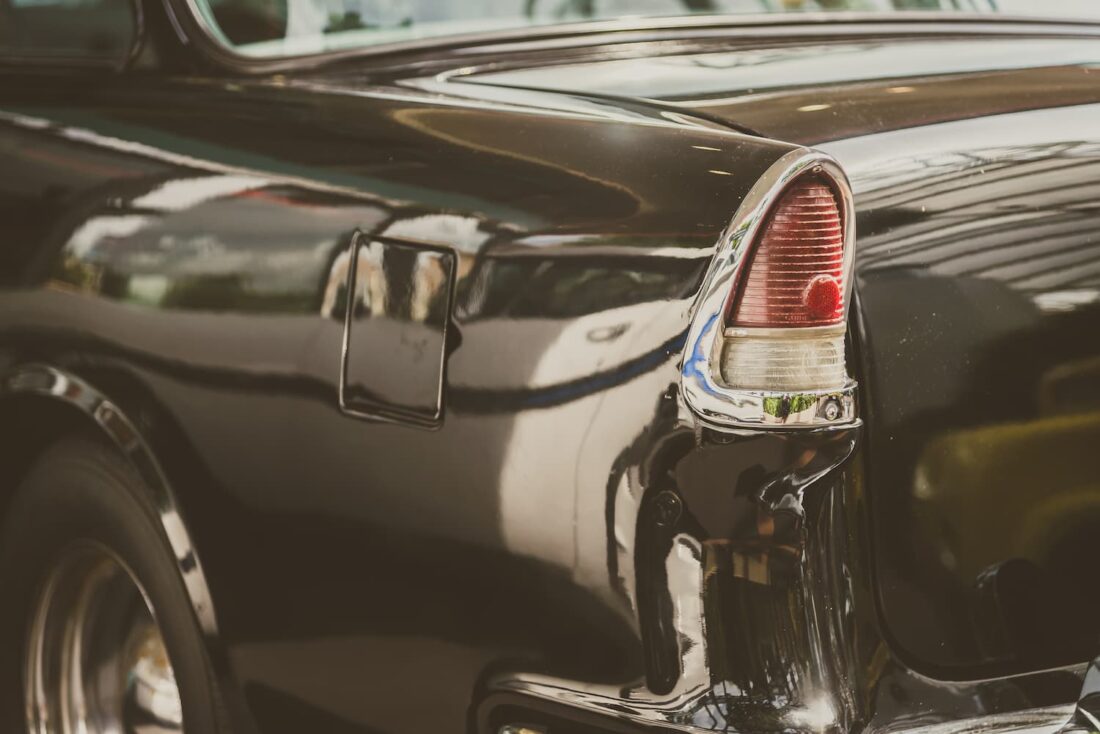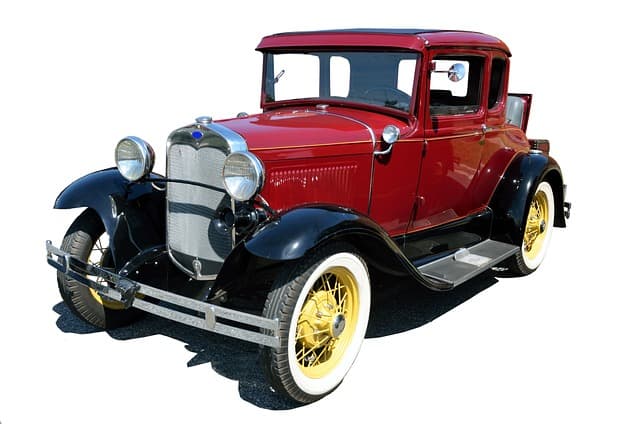Discovering classic car museums: A journey through America’s and Britain’s automotive history

Retro car museums offer a fascinating glimpse into the history of automobiles, showcasing classic vehicles that have shaped the automotive industry. In both America and Britain, these museums preserve the legacy of vintage cars, providing enthusiasts and historians with valuable insights into the evolution of vehicle design and technology. This article explores some of the most notable retro car museums in these two countries, highlighting their unique collections and contributions to preserving automotive heritage.
Iconic American retro car museums
America, known for its significant role in the automotive industry, boasts several renowned retro car museums that celebrate its rich history. One of the most famous is the Henry Ford Museum in Dearborn, Michigan. Established in 1929, this museum offers an extensive collection of vehicles from the early days of automotive engineering to modern innovations. The Henry Ford Museum is home to a diverse array of classic cars, including the historic 1903 Model A, and showcases the contributions of Ford Motor Company to the automotive world.
Another notable museum is the Automobile Hall of Fame in Detroit, Michigan. Located in the heart of the American car industry, this museum honors individuals who have made significant contributions to the automobile industry. It features a collection of over 80 historic vehicles, representing various eras and styles, from early horseless carriages to sleek 20th-century designs.
For those interested in racing history, the Peterson Automotive Museum in Los Angeles, California, is a must-visit. Known for its dynamic exhibits and interactive displays, this museum highlights the evolution of automotive design and technology. The Peterson Museum’s collection includes iconic vehicles such as the 1955 Mercedes-Benz 300SL Gullwing and the 1966 Ferrari 275 GTB.
Celebrated British retro car museums
In Britain, retro car museums also provide a captivating look into the country’s automotive heritage. The British Motor Museum in Gaydon, Warwickshire, is one of the largest collections of British cars in the world. It houses over 300 vehicles, including classics from brands such as Austin, Rover, and Jaguar. The museum’s exhibits trace the development of British automotive design, from pre-war models to contemporary classics, making it a treasure trove for car enthusiasts.
The Beaulieu National Motor Museum, located in the New Forest, Hampshire, is another significant destination. Founded by Lord Montagu of Beaulieu, the museum boasts a collection of over 250 automobiles. Highlights include the iconic 1912 Vauxhall ‘25HP’ and the 1925 Rolls-Royce Phantom I. The museum also hosts a variety of motoring-related events and provides an in-depth look at the cultural impact of cars in Britain.
For a more intimate experience, the Brooklands Museum in Weybridge, Surrey, offers a unique glimpse into the early days of motorsport and aviation. Located on the site of the world’s first purpose-built racing circuit, the museum features an impressive collection of vintage cars, motorcycles, and aviation artifacts. Visitors can explore the history of Brooklands and its role in shaping the development of both motor racing and aircraft design.
The cultural impact of retro car museums

Retro car museums in both America and Britain play a crucial role in preserving and promoting automotive history. They not only provide a nostalgic experience for visitors but also serve as educational resources that highlight the technological advancements and design evolution of vehicles over the decades. These museums contribute to a broader understanding of how cars have influenced culture, society, and industry.
In America, museums like the Henry Ford and Peterson Automotive Museum illustrate the significant impact of the automobile on the nation’s development and innovation. The stories behind these vehicles reflect the broader social and economic changes of the 20th century, from the rise of mass production to the golden age of American motoring.
In Britain, museums such as the British Motor Museum and Beaulieu National Motor Museum highlight the rich heritage of British automotive engineering. They showcase the ingenuity and craftsmanship that have defined British car manufacturing, offering insights into the country’s contributions to global automotive history.
Overall, these retro car museums serve as important cultural institutions that celebrate the enduring legacy of classic automobiles. By preserving and sharing these iconic vehicles, they help ensure that the history and influence of the automobile continue to be appreciated by future generations.
